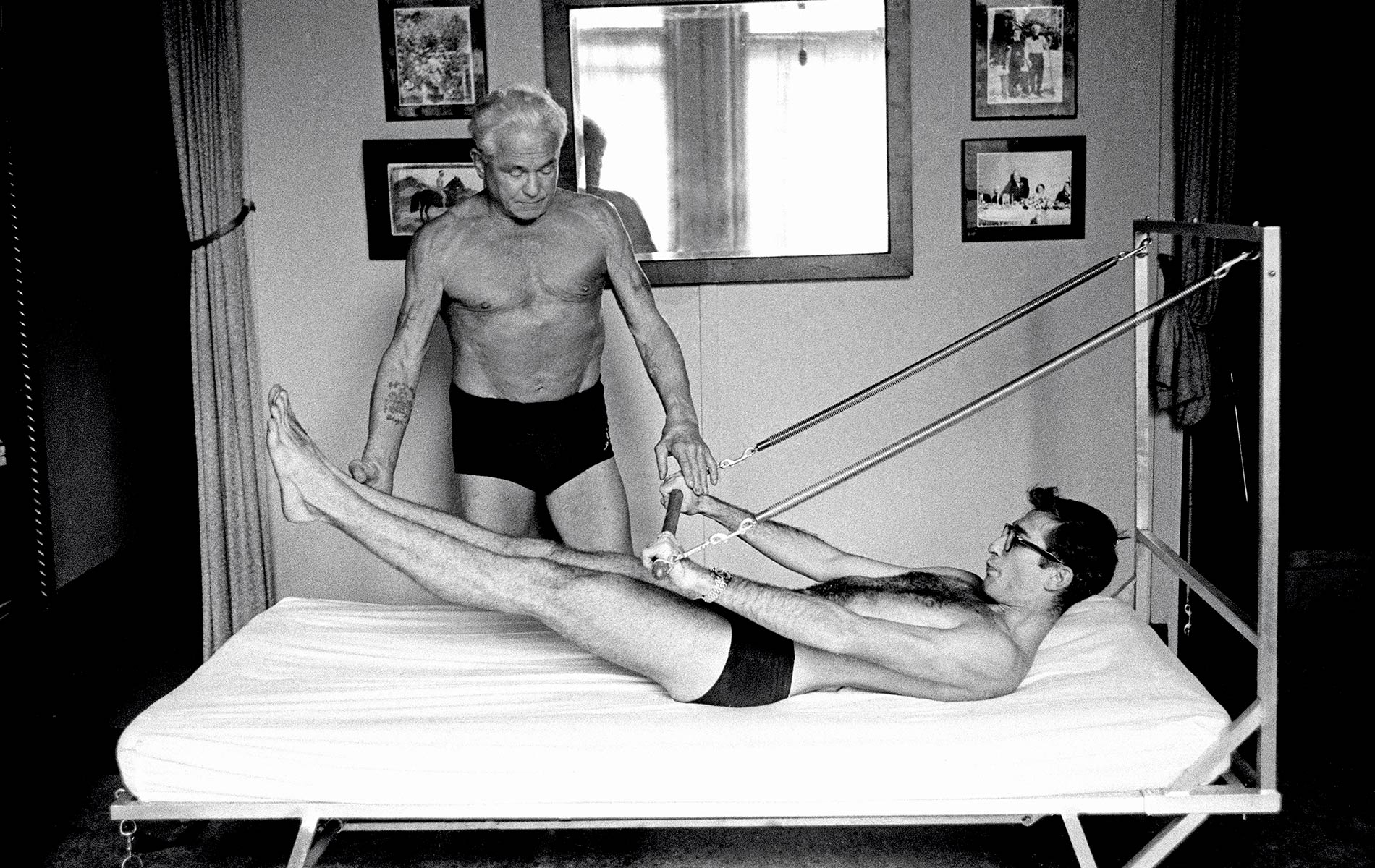What is Pilates?
Pilates is a low impact exercise that won’t take a toll on your body and can really make a difference to your physical health and well-being. This unique system focuses on core strength, spinal mobility and flexibility to create a body that moves with ease.
By building strength from the inside out, you can balance the body and create functional movement patterns that are needed to be physically healthy. From physical health comes emotional and mental well-being.
What is more, you will find that you incorporate what you learn in your Pilates classes into your daily life, becoming more conscious of how you stand and walk, how you sit at your desk or computer and how you play sports.
The breathing aids mindfulness and relaxation so it really an integration of mind and body.
It’s intelligent exercise to create a body that works for you and not against you!
Who is Pilates For?
For many years, athletes, dancers, sports men and women have used Pilates as a method for rebalancing musculature. You do not need to be a high level sports person to benefit from this exercise discipline though. In fact Pilates is suitable for all ages and fitness levels. It can be used as a compliment to an existing fitness regime or as a kick-start to fitness.
Pilates can be used as a rehabilitative tool for recovering from injury or coping with conditions such as MS, ME, back and neck conditions, osteoarthritis, rheumatoid arthritis, fibromyalgia, osteopenia and osteoporosis. Furthermore it all caters for women who are both pre and post natal.
The Benefits?
Improves postural awareness
Develops deep core abdominal strength
Supports the spine to help alleviate back pain
Improves pelvic floor strength
Mobilises the spine and increases flexibility
Tones and strengths the entire body
Creates a stronger, leaner & longer body
Aids relaxation, decreases stress and fatigue
Engages Mind, Body and Spirit
The Principles
Breathing
Concentration
Control
Centering
Precision
Balanced Muscle Development
Rhythm/Flow
Whole Body Movement
Relaxation
Who was Joseph Pilates?
Joseph Pilates (1880-1967) began developing his exercise system in Germany in the early 1900’s

Jospeh Pilates was a frail and sickly child who became determined to overcome this fragility and develop a strong healthy body. Instead of following an established fitness regime, he experimented with as many approaches as he could including Yoga, gymnastics, self-defence, dance, circus-training and weight training. Using the most effective aspects of each of these methods, he devised a system that enabled him to improve his health and develop a body that was so impressive that he was asked to pose for anatomical charts!

He moved to England, and because of his nationality was interned when war broke out. He spent the war working in the camp infirmary and further developing his techniques. He invented makeshift aids by attaching bedsprings in various positions to rehabilitate injured bedridden patients.
Modern versions of this equipment can be found in Pilates studios today. When the 1918 flu epidemic struck England , killing thousands of people, not a single one of his trainees died.

In the late 1920’s Joseph Pilates emigrated to the United States where he opened an exercise studio that became popular with dancers, actors, gymnasts and athletes. By the 1960’s his clients included famous names such as George Balanchine, The New York City Ballet and Martha Graham’s Modern Dance Company. Over the years, as advances have been made regarding the workings of the body and exercise, the Pilates method has been adapted and developed into a safe effective form of exercise that can be practiced by almost everyone.
Joseph Pilates Quotes
“A man is a young as his spinal column.”
“Pilates is complete coordination of mind, body and spirit.”
“Physical fitness is the first requisite of happiness.”
CONTROL
STRENGTH
FLEXIBILITY